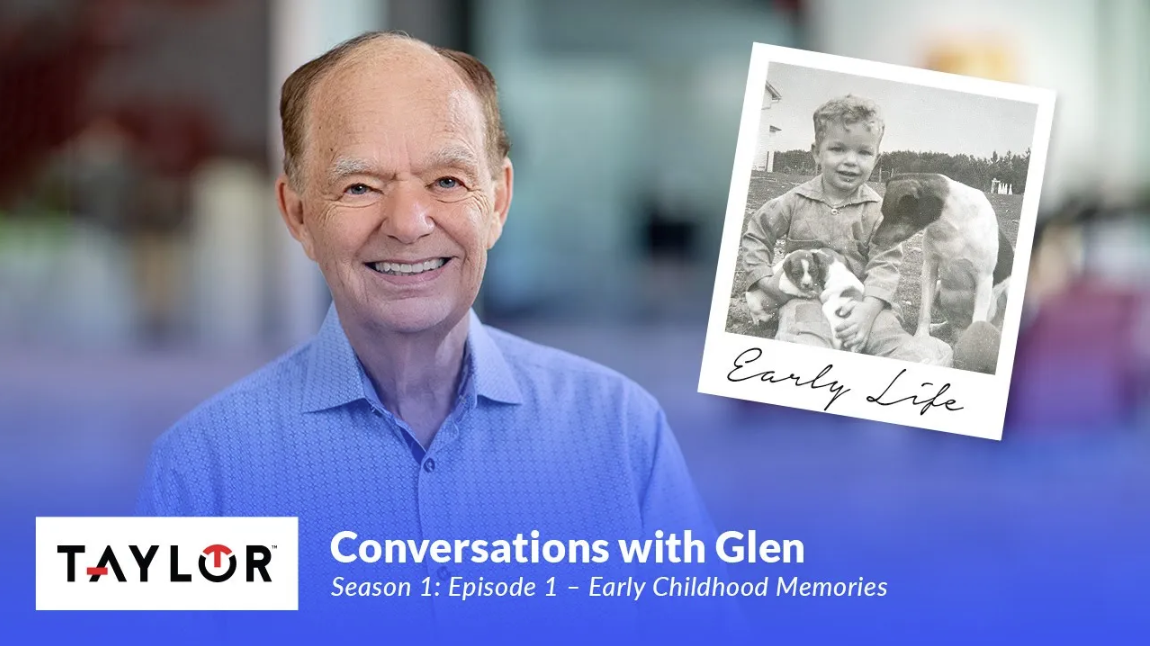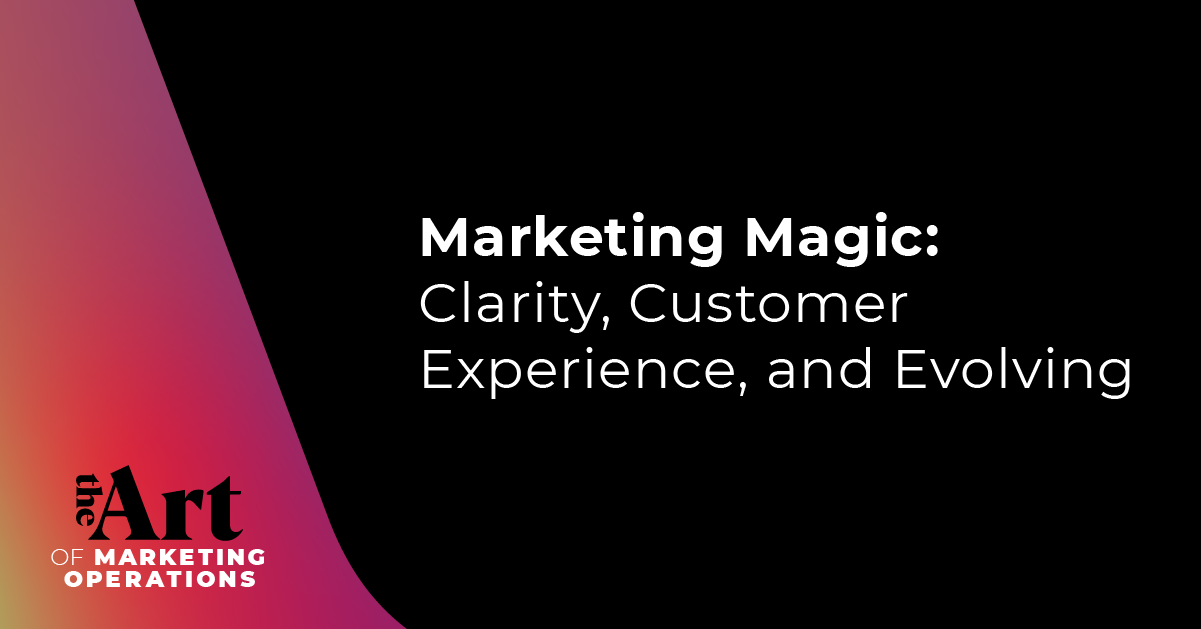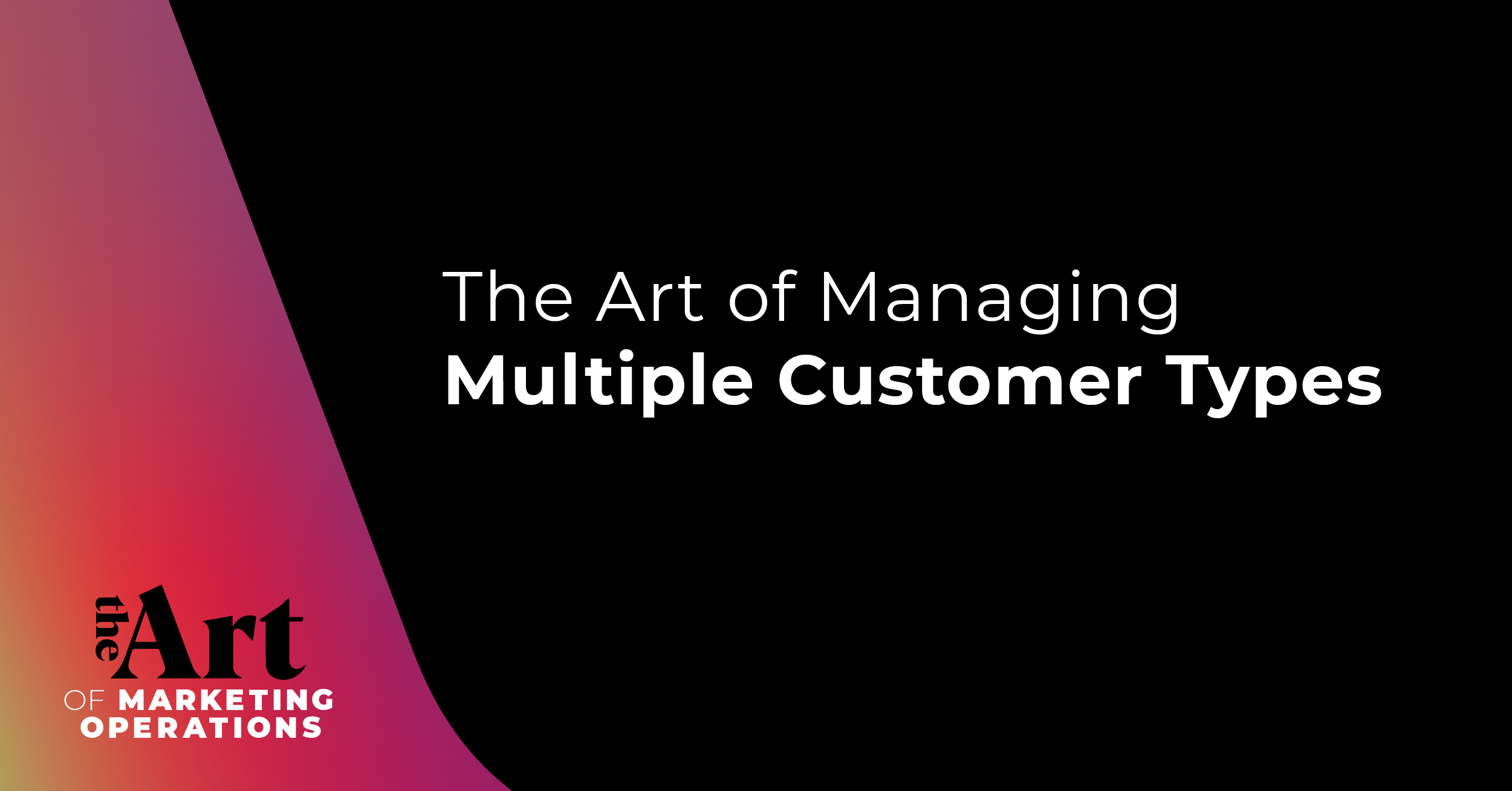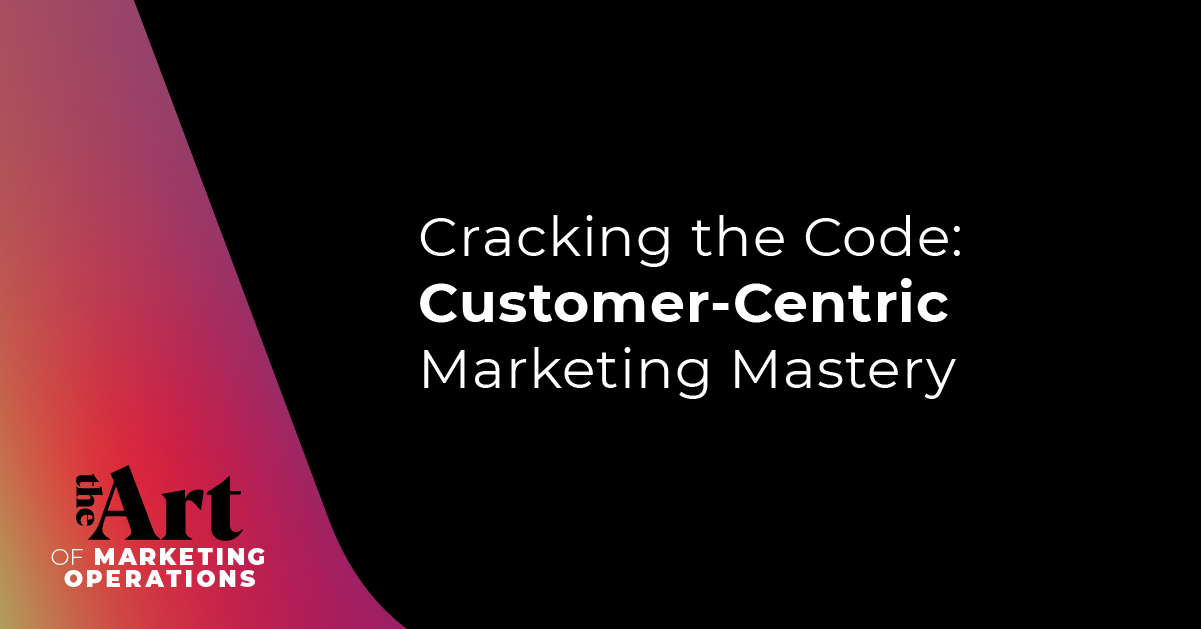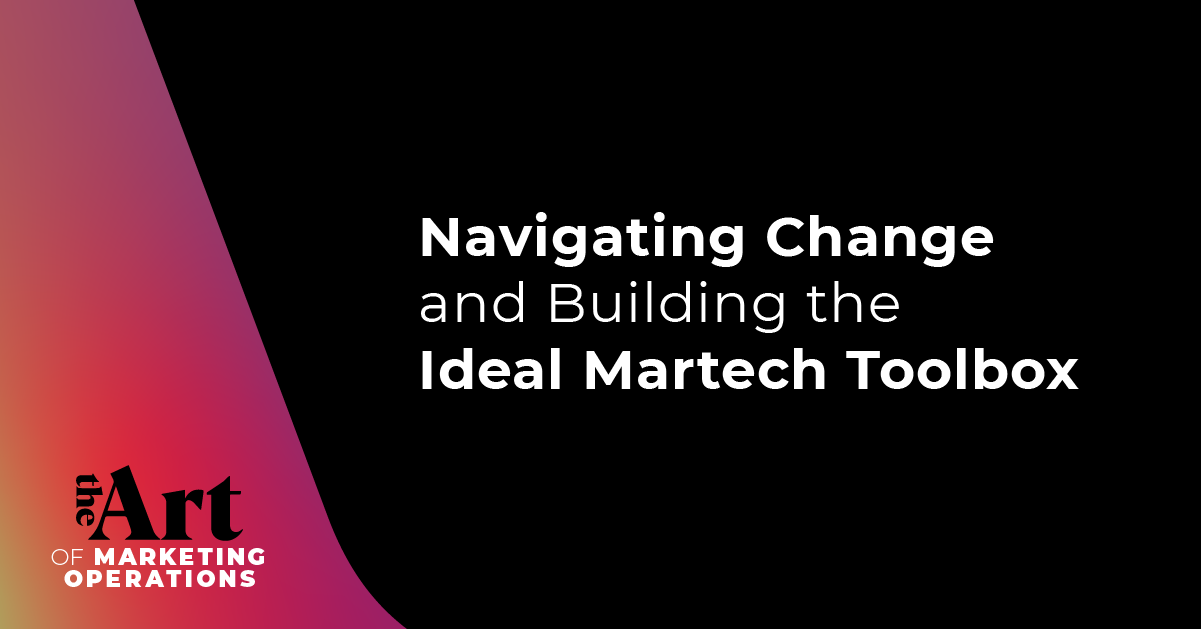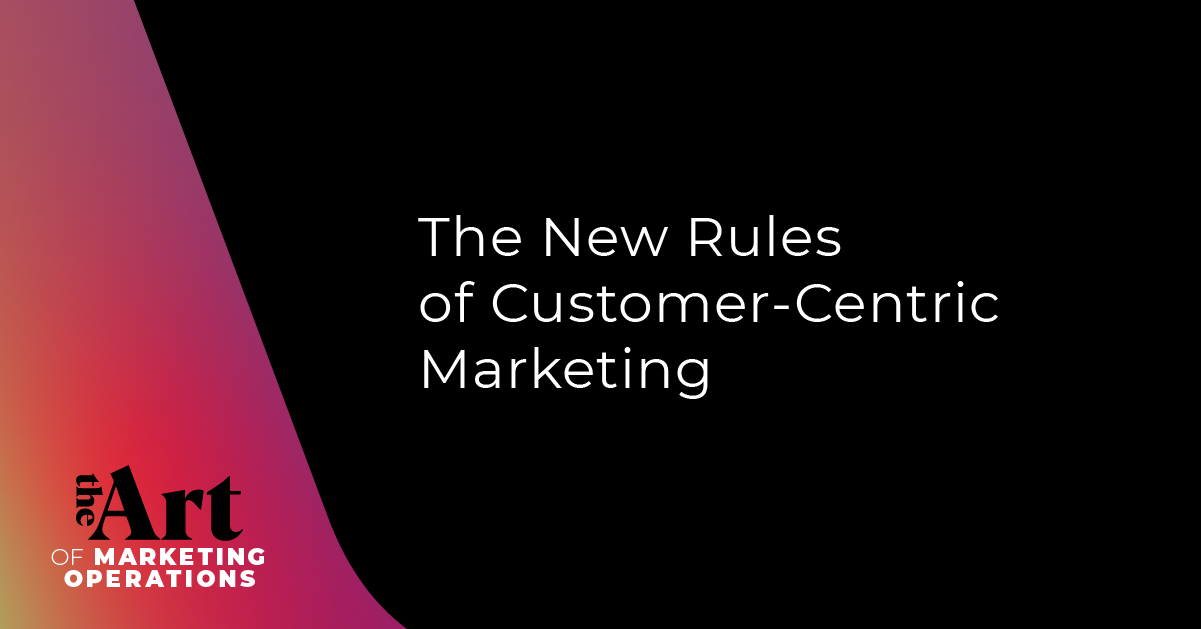Data is the number one ingredient in nearly every successful marketing campaign. But it’s not just capturing the information; you need to process that data, translate it into actionable marketing tactics, and spread it across a variety of channels.
Today’s guest, Lauren Teixeira, Senior Manager of Demand Generation at Highspot, has been experimenting and fine-tuning some of these key concepts for years. She stopped by to highlight :
- Customizing your customer experience without being “spooky”
- Data and integrating strategy across all your channels
- Maximizing your product level information
Customizing your customer experience without being "spooky"
Studies have shown that personalization in the customer experience is key to getting and retaining customers.
But there's a sweet spot.
On one hand, if you under-personalize an experience, customers won't feel special. But on the other hand, if you over-personalize you run the risk of scaring away the customer — you can give off the impression that you're, in a way, cyber stalking them.
"Being too spooky is something you want to avoid. But it's important to align your overall strategic goals to these personalized messages and offerings you're delivering to the customer," Lauren says.
Often, you will have a lot of information but you don't have to let your audience know you have as much as you do. Again, it's finding that sweet spot of knowing how much to reveal in order to deliver the right messages to your audience.
“The ultimate goal is to provide the right messages at the right time; that will help us increase these conversion rates. If that new pipeline is accelerating deals, our goal is to align our messaging with what sales is saying, then target them across different platforms,” Lauren says.
Data and integrating strategy across all your channels
When it comes to customer personalization, data is key. But not just any data — good data. Whenever you're using data to integrate a strategy across multiple channels, you want to make sure the data you're using is accurate to the target audience. When it's not, you open the possibility of delivering the wrong content or message to the wrong person and alienating what could have been a great lead.
"If you have bad data then you could be personalizing something to someone who's in retail to someone who's actually in financial services. This is really going to confuse your audience," Lauren says.
You also want to be aware of what specific channel you're using to deliver your message. You want to align the message and target audience to the appropriate channel. To do this, make sure to gather as much data as you can to make sure your message is reaching the correct people.
"Different channels work better, depending on the different personas you're targeting in different industries. Testing is key," Lauren explains.
Maximizing your product level information
It's important to continue to gather data even after you've converted a lead into a customer.
By gathering product level information — that is, information on what your customer bought and how they use it — you open up more opportunities for marketing initiatives and even more personalization.
"Start from the beginning, and then as they continue to be a customer, it really never ends; there's always some sort of personalized experience you want to give them," Lauren said.
There's also a great opportunity to be able to cross-sell existing customers. Maybe you have a product or service that pairs well with what your current customers have already purchased and how they use it. This is a perfect opportunity to show them those other products.
It comes down to using that product-level data in a strategic way. Let the data guide you into figuring out when and how to deliver the message about other products.
"I think using the data to help build out specific programs to target specific accounts that we fit for the product,” Lauren says. “The messaging is very critical. The key to this is content messaging."



